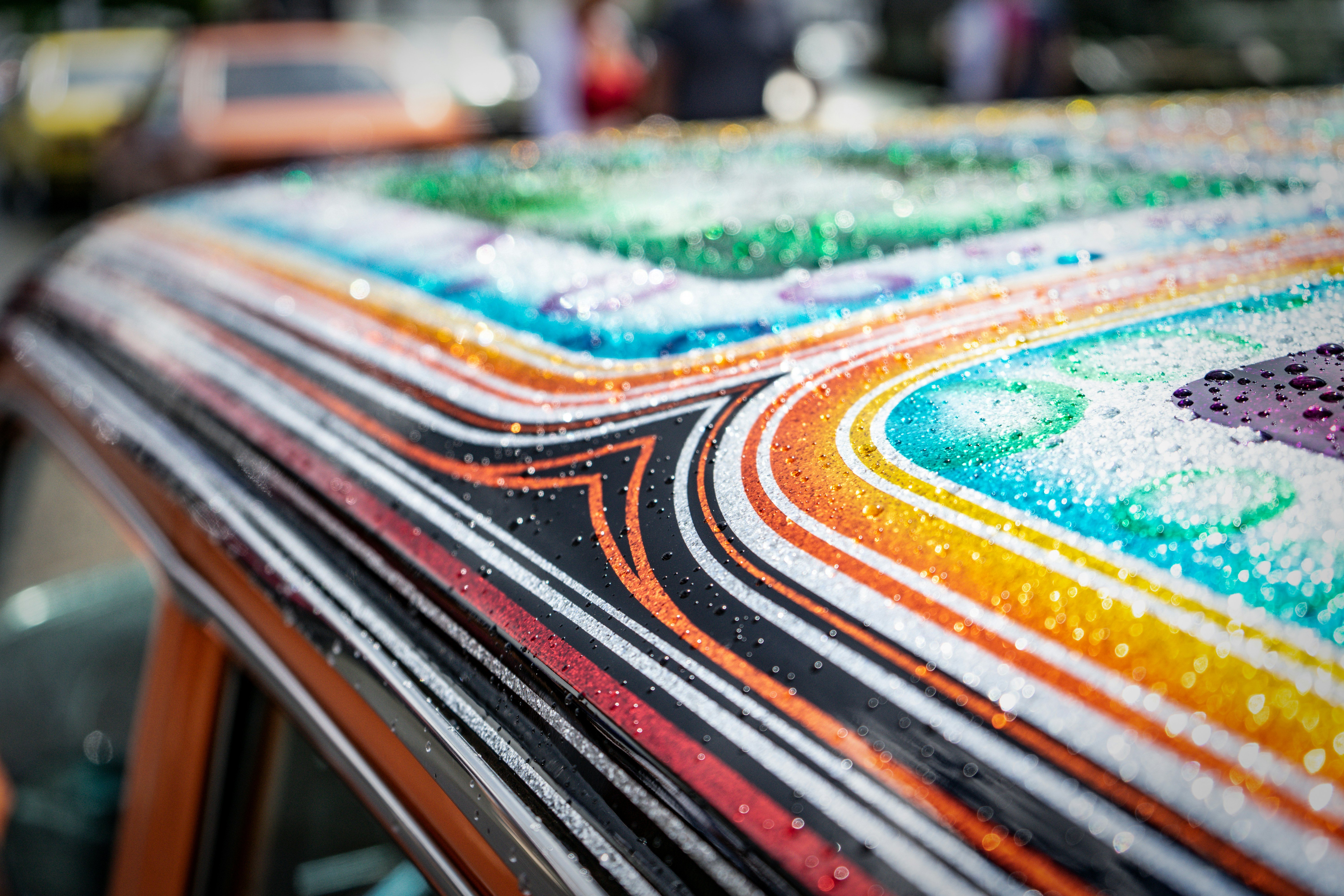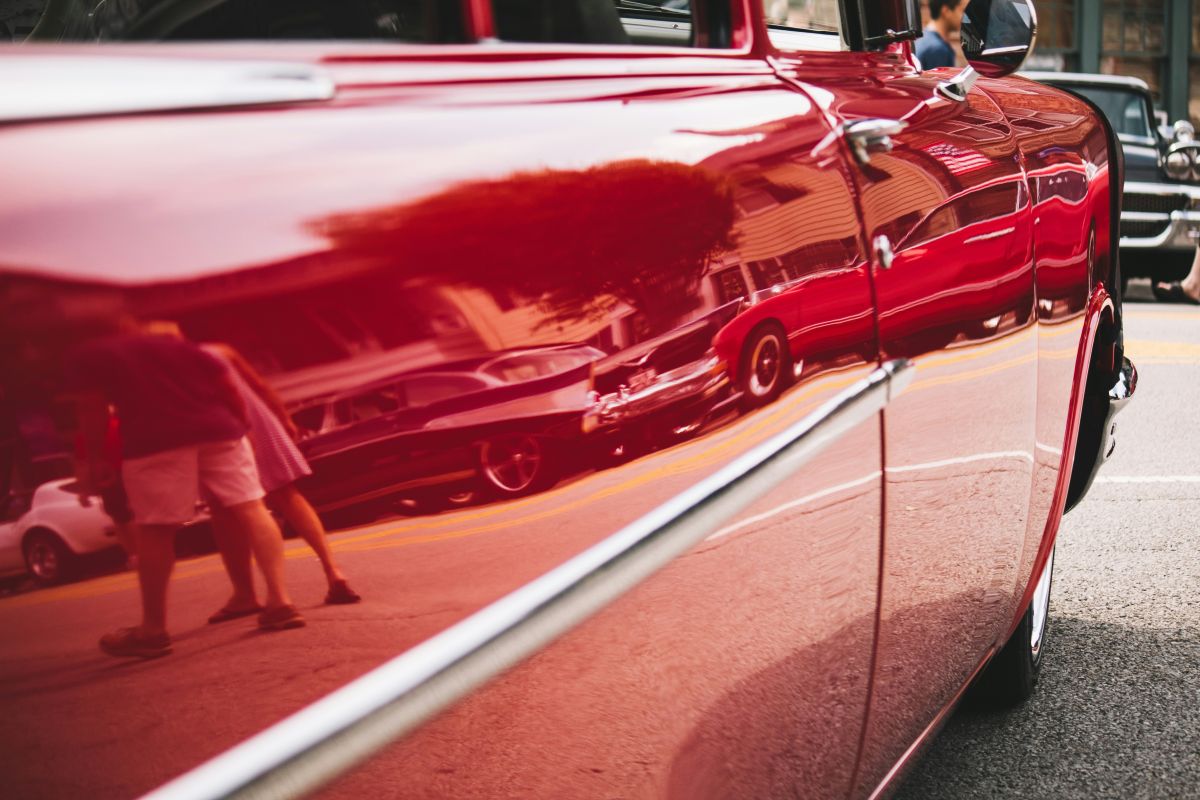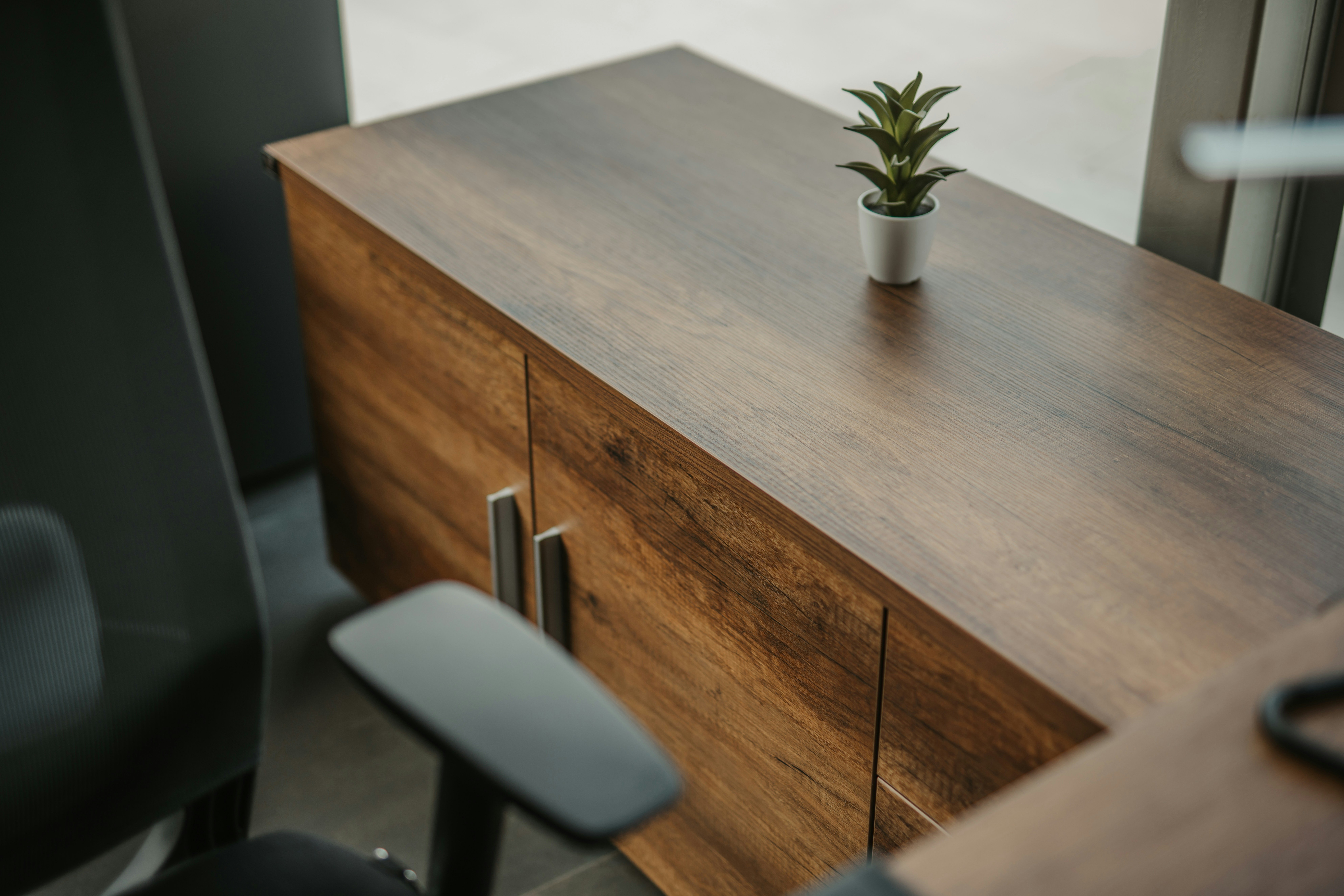Skills for Car Paint Upkeep
Car paint is an important part of the appearance of the vehicle, not only beautiful, but also can play a role in protecting the body.

Therefore, the correct maintenance of the car paint is very important. The following will describe in detail how to maintain the car paint methods and skills.
1. Avoid wiping with hard objects
When stains or dirt appear on the surface of the car paint, do not use hard objects to wipe, such as ordinary rags or paper towels. Doing so can scratch the paint, causing fine scratches and damage. The correct approach is to use a soft sponge or professional car cleaning cloth to gently wipe the stain and avoid overexertion.
2. Wax regularly
Waxing is one of the important steps to protect car paint. The wax can form a protective film to prevent dirt and UV light from eroding the paint. It is recommended to wax the vehicle every 3-6 months, and the specific frequency can be adjusted according to the use of the vehicle and the environment. Before waxing, ensure that the surface of the vehicle is clean and choose the appropriate car wax product.

3. Avoid prolonged exposure to sunlight
Prolonged exposure to sunlight can cause car paint to fade and age. Therefore, try to choose a place with shade when parking, or use a shade baffle to block. If it is impossible to avoid parking outdoors for a long time, you can consider using a vehicle cover to cover the entire body to play a certain protective role.
4. Repair scratches and stone hits in time
In daily use, car paint will inevitably appear some scratches and stone impact. If these damages are not repaired in time, they will accelerate the aging and corrosion of the car paint. Therefore, timely repair of scratches and stone impact is an important part of the maintenance of car paint. For small scratches, you can use the car paint repair pen to repair; For a large area of damage, it is recommended to seek professional car repair services.
5. Polish regularly
After a period of use, car paint may appear subtle oxidation and loss of luster. Regular polishing can restore the brightness and gloss of the car paint. Polishing can remove small scratches and stains on the surface, making the car paint look smoother and more fresh. It is recommended to polish the car paint every 6-12 months, either by using a car polish and polisher, or by seeking a professional car polishing service.
6. Keep the paint dry at all times
Wet conditions will accelerate the corrosion and aging of car paint. Therefore, as far as possible to keep the car paint dry is an important part of the maintenance of car paint. In rainy days or after car washing, it is necessary to dry the water traces on the surface of the body in time to avoid water droplets drying on the car paint and leaving water stains.

7. Check the paint condition regularly
Regular inspection of the condition of the car paint can find problems in time and take appropriate maintenance measures. Pay attention to observe whether the paint appears fading, oxidation, foaming or peeling phenomenon. If you find an anomaly, you can seek professional car repair and painting services to fix it.
To sum up, the maintenance of car paint requires regular cleaning, waxing, avoiding scratches and collisions, and paying attention to avoiding sun exposure and the use of acid and alkaline cleaners. In addition, timely repair of damage, regular polishing and keep the car paint dry is also very important. Through the correct maintenance methods and skills, you can maintain the gloss and life of the car paint, so that the vehicle always maintains a bright appearance.

The Art of Caring for Solid Wood Furniture
Proper care and maintenance are crucial to preserve its beauty and ensure its longevity. In this article, we will explore the art of caring for solid wood furniture, offering unique tips and insights to help readers keep their cherished pieces in pristine condition.Understanding the Nature of WoodBefore delving into specific care techniques, it's essential to understand the nature of wood itself. Wood is a natural material that responds to its environment. It can expand and contract with changes in temperature and humidity, and it can be susceptible to scratches, stains, and fading if not properly cared for. With this understanding, we can approach the care of solid wood furniture with the respect it deserves.Dust Regularly with CareOne of the simplest yet most important care practices for solid wood furniture is regular dusting. Use a soft, lint-free cloth or a microfiber duster to gently remove dust from the surface. Dust can accumulate and scratch the wood over time, so consistent cleaning is crucial.Protect from Sunlight and HeatDirect sunlight can cause wood to fade and lose its luster over time. To preserve the natural color and beauty of solid wood furniture, it's important to shield it from direct sunlight. Utilize curtains or blinds to minimize exposure, and consider rearranging furniture to reduce prolonged sun exposure.Use Coasters and Protective PadsTo prevent water rings, scratches, and heat damage, always use coasters or protective pads when placing glasses, hot items, or other objects on solid wood surfaces. This simple practice can go a long way in preserving the integrity of the wood.Immediate CleanupAccidents happen, and spills are inevitable. It's essential to clean up any spills or stains immediately to prevent them from seeping into the wood and causing damage. Use a dry or slightly damp cloth to blot and clean up any spills promptly.

See Clearly, Drive Safely: Why Polarized Sunglasses are Essential for Every Driver!
Polarized lenses are indispensable for driving, as they effectively eliminate glare and scattered light from reflective surfaces such as car windows and wet roads. By reducing these distractions, polarized sunglasses ensure clearer vision, especially in bright sunlight, thus minimizing the risk of accidents on the road. Additionally, polarized lenses are beneficial for individuals with myopia, as they provide enhanced visual comfort and clarity, allowing for a safer and more enjoyable driving experience for all.But beyond driving, there's a myriad of sunglasses types to consider, each with its own unique features and suitability for various occasions.Lens Material:The lens material of sunglasses is directly related to the visual experience and service life. Common lens materials currently on the market include glass, resin and PC (polycarbonate). Glass lenses have the advantages of high definition and strong wear resistance, but they are heavy and fragile; resin lenses are lightweight and not easily broken, but have relatively poor wear resistance; PC lenses are both lightweight and wear-resistant, making them ideal for sports The first choice for sunglasses.

How to Choose Sunglasses for Travel
Choosing the right sunglasses for your travels involves considering various factors to ensure they provide adequate protection and suit your style. Here are some tips for choosing sunglasses for travel:UV Protection: Look for sunglasses that provide 100% UV protection. This is crucial for shielding your eyes from the sun's harmful radiation. When purchasing sunglasses, check for labels or stickers indicating UV 400 or 100% UV protection.Lens Quality: Consider the quality of the lenses. Opt for sunglasses with polarized lenses to reduce glare and improve visibility, especially during outdoor activities. Also, ensure the lenses are impact-resistant and provide a clear, distortion-free view.Frame Fit: Choose sunglasses that fit your face shape and size. The frames should snugly sit on your nose and ears without causing discomfort or slipping. Different face shapes suit different frame styles, so consider what best complements your features.Lens Color: The color of the lenses affects your contrast and color perception. Gray lenses provide minimal color distortion, while brown/amber lenses enhance contrast. Consider the activities you'll engage in while wearing the sunglasses to determine the most suitable lens color.

Smartwatches Make Our Life More Convenient
As a wearable smart device with multiple functions in one, smart watches not only have the time display function of traditional watches, but also integrate more scientific and technological elements to make our lives more convenient.First of all, smart watches have rich health management functions. In modern society, people pay more and more attention to health, and smart watches provide great convenience in this regard. Through various built-in sensors, the smartwatch can monitor the user's heart rate, blood pressure, step count, sleep quality and other data in real time. Users can check their health status at any time, adjust their living habits in time, and effectively prevent and alleviate various health problems. In addition, the smart watch also provides a movement mode, which can record the user's movement track, calories consumed and other data to help users develop a more scientific exercise plan.Secondly, smartwatches additionally acquire incredible comfort correspondence and amusement. By interfacing with the telephone through Bluetooth, the smartwatch can get approaching calls, messages and other data, permitting clients to get calls and view messages straightforwardly on the watch without checking their telephone much of the time. The smart watch also has useful features like the ability to control music and take pictures with a remote, making it easier for users to enjoy entertainment activities like music and photography.In addition, smart watches also have some other practical functions, such as payment function, navigation function and so on. By binding a bank card or payment tool such as Alipay, users can pay directly with the smartwatch while shopping, without carrying cash or bank cards. At the same time, the navigation function of the smart watch can help users quickly find the destination, reducing the trouble of getting lost on the road.

All You Need to Know for Choosing the Right Pillow
What are the reasons behind this? How can we avoid this mistake and choose the pillow that really suits us?First, we need to be clear about the importance of pillows. Pillows are not just simple tools used to support our heads, but also a key factor affecting the quality of our sleep. A suitable pillow can fit the curve of our neck, reduce the pressure on the cervical spine, and help us maintain the correct posture during sleep, thereby reducing the various health problems caused by improper sleeping posture.However, in real life, many families tend to focus only on surface factors such as appearance, material or price when choosing pillows, ignoring their true functionality and comfort. As a result of this blind selection, the pillow often does not match the curve of our neck, thus putting unnecessary pressure on the cervical spine during sleep. In the long run, this stress will not only affect the quality of our sleep, but also may lead to cervical pain, headaches and other health problems.So why do so many families choose the wrong pillow? There are several main reasons for this:One is the lack of relevant knowledge. Many people's understanding of the pillow is limited to its appearance and material, and the understanding of its functionality and comfort is little. This makes them often unable to make correct judgments according to their needs and actual situations when choosing pillows.The second is the pursuit of trends and fashion. In today's society, fashion and trends influence people everywhere. When choosing a pillow, some families are often attracted by its appearance and popular elements, while ignoring its actual functionality and comfort.Third, is the price factor. For some families, price is an important factor to consider when choosing a pillow. However, a low price does not necessarily mean high-costperformance. Some inexpensive pillows may have defects in material, process and functionality, and long-term use may cause adverse health effects.
TOP NEWS


.png)

.png)

.png)

.png)

.png)

.png)

.png)

.png)
.png)
Recommended suppliers
Trade Alert
- Delivery New Products To YouTell Us What Are You Looking For?

- Acre/Acres
- Ampere/Amperes
- Bag/Bags
- Barrel/Barrels
- Blade/Blades
- Box/Boxes
- Bushel/Bushels
- Carat/Carats
- Carton/Cartons
- Case/Cases
- Centimeter/Centimeters
- Chain/Chains
- Combo/Combos
- Cubic Centimeter/Cubic Centimeters
- Cubic Foot/Cubic Feet
- Cubic Inch/Cubic Inches
- Cubic Meter/Cubic Meters
- Cubic Yard/Cubic Yards
- Degrees Celsius
- Degrees Fahrenheit
- Dozen/Dozens
- Dram/Drams
- Fluid Ounce/Fluid Ounces
- Foot/Feet
- Forty-Foot Container
- Furlong/Furlongs
- Gallon/Gallons
- Gill/Gills
- Grain/Grains
- Gram/Grams
- Gross
- Hectare/Hectares
- Hertz
- Inch/Inches
- Kiloampere/Kiloamperes
- Kilogram/Kilograms
- Kilohertz
- Kilometer/Kilometers
- Kiloohm/Kiloohms
- Kilovolt/Kilovolts
- Kilowatt/Kilowatts
- Liter/Liters
- Long Ton/Long Tons
- Megahertz
- Meter/Meters
- Metric Ton/Metric Tons
- Mile/Miles
- Milliampere/Milliamperes
- Milligram/Milligrams
- Millihertz
- Milliliter/Milliliters
- Millimeter/Millimeters
- Milliohm/Milliohms
- Millivolt/Millivolts
- Milliwatt/Milliwatts
- Nautical Mile/Nautical Miles
- Ohm/Ohms
- Ounce/Ounces
- Pack/Packs
- Pair/Pairs
- Pallet/Pallets
- Parcel/Parcels
- Perch/Perches
- Piece/Pieces
- Pint/Pints
- Plant/Plants
- Pole/Poles
- Pound/Pounds
- Quart/Quarts
- Quarter/Quarters
- Rod/Rods
- Roll/Rolls
- Set/Sets
- Sheet/Sheets
- Short Ton/Short Tons
- Square Centimeter/Square Centimeters
- Square Foot/Square Feet
- Square Inch/Square Inches
- Square Meter/Square Meters
- Square Mile/Square Miles
- Square Yard/Square Yards
- Stone/Stones
- Strand/Strands
- Ton/Tons
- Tonne/Tonnes
- Tray/Trays
- Twenty-Foot Container
- Unit/Units
- Volt/Volts
- Watt/Watts
- Wp
- Yard/Yards
Select template type:
One Request, Multiple Quotes.









